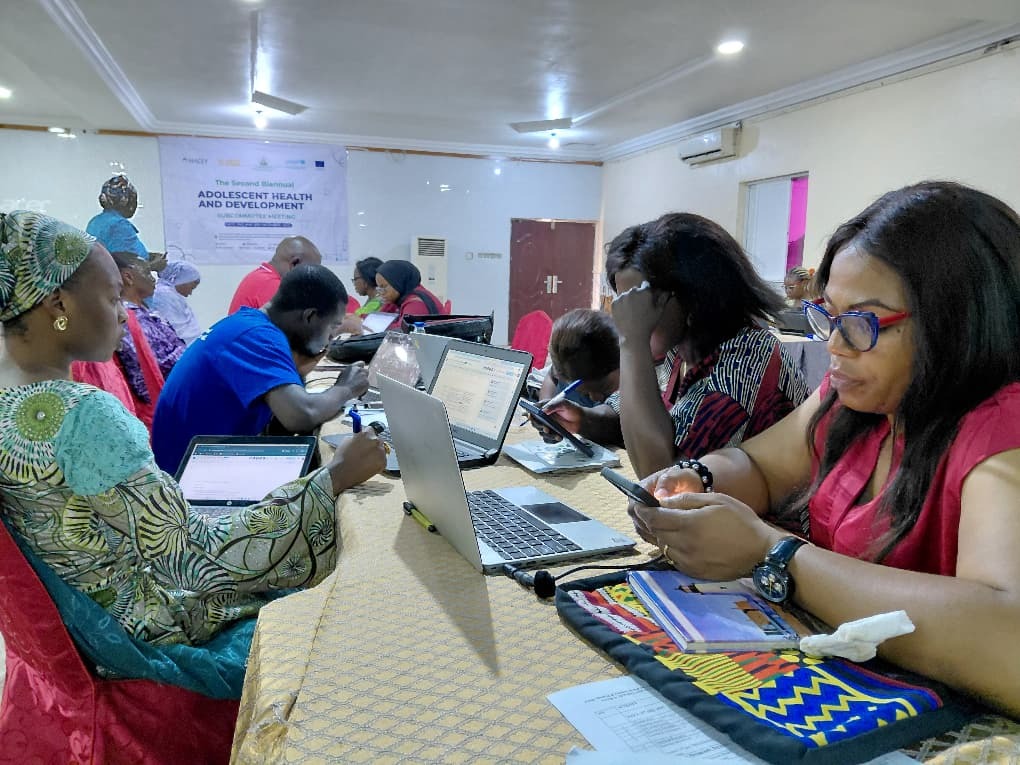Stakeholders have called for urgent measures to address regulatory bottlenecks hindering the enforcement of food fortification standards in Nigeria.
The country carries one of the highest burdens of malnutrition globally, with 32 per cent of children under five stunted and millions of women and adolescent girls suffering from micronutrient deficiencies. According to the Global Alliance for Improved Nutrition, over 31 per cent of children aged 6–59 months are vitamin A-deficient, while 35 per cent lack zinc. Among women of reproductive age, 10 per cent are iron-deficient, rising to 26 per cent during pregnancy.
Experts warn that such deficiencies impair cognitive development, reduce productivity, and increase maternal and child mortality. They maintain that food fortification, adding essential vitamins and minerals such as iron, vitamin A, folic acid, iodine, and zinc to staple foods, remains one of the most cost-effective strategies to combat malnutrition.
To tackle the crisis, Nigeria Health Watch convened a Nutrition Roundtable in Abuja with stakeholders from government, the private sector, civil society, and development partners under the theme: “Fortifying Nigeria’s Future: Strengthening Nutrition Through Local Solutions.”
Speaking at the forum, Ladidi Bako-Aiyegbusi, Director of Nutrition at the Federal Ministry of Health and Social Welfare, described food fortification as a scalable intervention that can significantly improve health outcomes in populations with limited access to diverse diets.
She recalled that since 1993, Nigeria, in partnership with industry stakeholders, has mandated fortification of staples such as sugar, salt, vegetable oil, and flour.
However, she admitted that despite strong policies, gaps persist in compliance. Challenges include insufficient local capacity for premix production, heavy reliance on imports, foreign exchange constraints, high inflation, and production costs.
According to her, premix alone accounts for 84–97 per cent of mandatory fortification costs, creating major barriers for local producers, especially Micro, Small, and Medium-sized Enterprises (MSMEs). Delays in clearing premix at ports, she added, often degrade micronutrient quality.
While the government has introduced policies and tax incentives to encourage investment in the sector, stakeholders at the meeting stressed the need to accelerate capacity building for local premix producers to reduce import dependence.
The National Agency for Food and Drug Administration and Control (NAFDAC) also pledged strict enforcement of mandatory fortification standards.
Deputy Director, Food Safety and Applied Nutrition Directorate, Mrs. Felicitas Anyanwu, noted that NAFDAC plays a central role in ensuring staple foods are fortified with essential micronutrients. She underscored the need for stronger laboratories, improved premix quality, capacity building, and incentives for producers.
Managing Director of Nigeria Health Watch, Dr Vivienne Ihekweazu, represented by the organisation’s Deputy Director of Advocacy and Partnerships, Safiya Isa, described malnutrition as a “silent crisis” driven by hidden hunger. She stressed that inconsistent compliance, particularly among MSMEs due to financing gaps, limited access to affordable premix, and weak quality assurance, continues to undermine progress.






